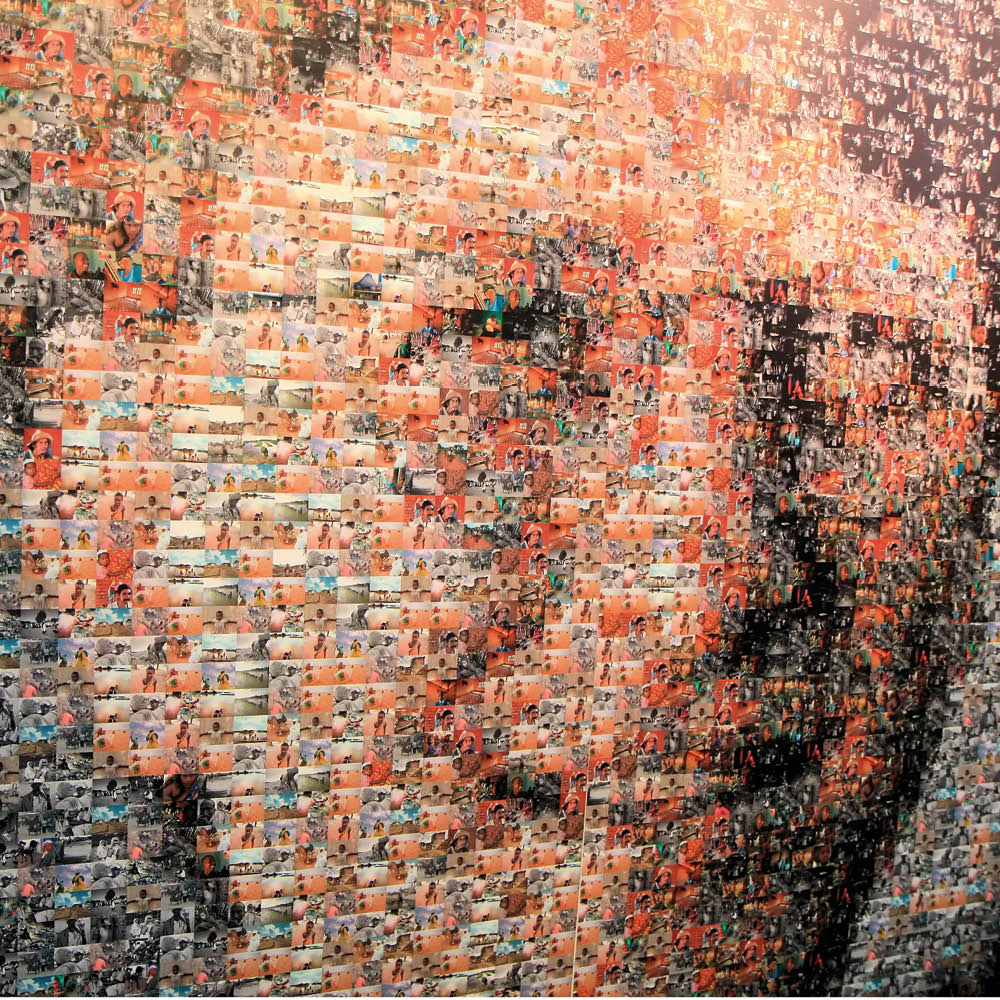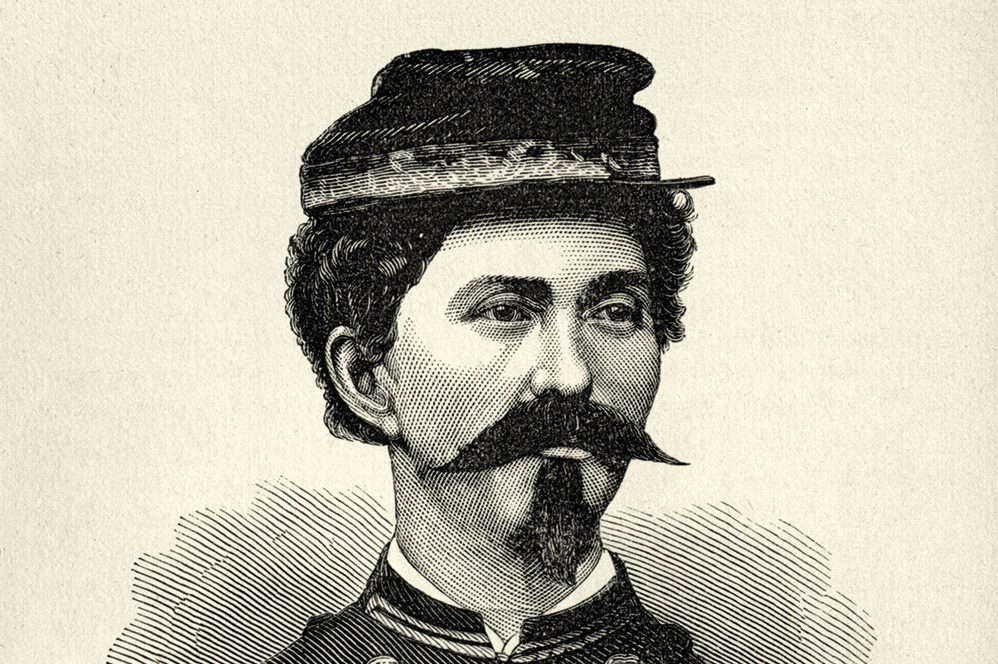In 2024, a Swiss company called FinalSpark claimed to have built the world’s first computer processor fired by human brain cells. To do this, the company evidently took small samples of living brain tissue, and — so the press release says — “connected them to specialized electrodes to perform computer processing and digital analog conversions to transform neural activity into digital information.”
Frankenstein undertones aside, the whole FinalSpark initiative raises the issue of how far a computer can be humanized, made not only to respond with factual accuracy but with something approaching emotional intelligence. The question has never met with a straightforward answer — and it looms over much of this memoir of the early life and times of Bill Gates, the prodigy (and on the evidence here, no martyr to false modesty) who went on to co-found Microsoft. Gates himself is the computer in this context; Source Code his attempt to render himself fully animate.
He’s partly successful. At times, the book seems like a collage, or a much-altered garment whose new seams don’t quite match up. Gates punctuates his narrative with frequent asides in the form of a potted social history of America of the 1950s and 1960s, touching on standard tropes of Eisenhower-era conformity and Vietnam-induced dislocation. The overall effect is like looking through the pinhole of a souvenir depicting the changing fashions of the day — or watching one of those flickering March of Time newsreels with the strident musical score and bombastic narration. These asides, which interrupt an otherwise fluent narrative, are not well enough developed to be more than a distraction; you sense a somewhat labored attempt to introduce a wider context for the comparative rags-to-extreme riches trajectory that lies at the heart of the story.
On the other hand, some of the dynamics of the Gates family as young Bill experienced it are well done, and the account bears the imprint of a true writer. There is plenty of the depiction of internal struggle by which such a book stands or falls — and Gates’s surprisingly wry humor supplies a welcome counterweight to his growing, less-easily-communicable fascination with programming languages and machine code. Source Code is really a book about perseverance in the face of seemingly overwhelming odds: we tend to forget that there was nothing inevitable about a computer in every pocket when Gates got started. That’s what is most affectingly human here.
Born in Seattle in 1955, Gates was the only son of a successful lawyer father and a fiercely competitive, card-playing mother who served on several corporate boards. His ancestry was a colorful tapestry of English, German, Scots and Irish. Small for his age and bullied as a child, he compensated between rapidly alternating manic exuberance and an introversion that might today land him on the autism spectrum. “I was different,” Gates writes, reasonably enough, of his time at elementary school. “When something caught my attention, I might leap up from my seat, frantically raise my hand, or shout out an answer. I wasn’t trying to be disruptive; my mind simply shifted easily into a state of unrestrained exhilaration… I felt like I didn’t fit in with the other kids.” A few pages further on, we are shown why. One show-and-tell day, most of his elementary-school classmates brought in musical instruments or innocuous mementos from family trips. Nine-year-old Bill produced a recently removed cow’s lung, still dripping in blood, the better to demonstrate the principle of oxygen transfer. “A little girl fainted,” he recalls with unfeigned pride.
Gates comes across as a child of his generation, albeit one always more concerned with the material opportunities opening up around him in the 1960s than with any hippie rhetoric about leading a more communal life. The first 200 pages of Source Code constitute an illuminating diversion from its final destination, which the author gives us straight. “I’ve been thinking about MicroSoft [sic] a lot tonight,” Gates, now a Harvard undergraduate, wrote to his childhood friend Paul Allen in May 1976, proposing they enter business together. “If one of us drops off the scene, we’ll work out how to split the income. But I don’t think it will be a problem… by then we’ll be hundred-thousanders anyway,” he predicted.
Along the way, we get vignettes of an intense family dynamic where competition and excellence were the rule, and free- wheeling individualism the exception. As Gates writes of the von Trapp-like Christmas Eve ritual involving Bill and his two sisters, “my mom presented everyone with matching pajamas she had chosen for that year. We all assembled in the hallway, and then we marched into the living room one by one according to age to open stockings that invariably contained one orange and one silver dollar apiece.” There’s surely a lesson there about the merits of thrift, conformity and routine that Gates has applied to good effect in his later life.
Gates’s one youthful relaxation was to go hiking in the dense Twin Peaks-esque country outside Seattle, running sequences of numbers through his head as he walked. There was a tragic upshot to this pursuit when the author’s childhood best friend, Kent Evans, was killed in a climbing accident at the age of seventeen. Gates dealt with the blow by throwing himself into a summer of twelve-hour coding sessions in his high-school computer room, sleeping on an army cot set up on the deserted campus. “I’ve consistently dealt with loss by avoiding it… setting my focus on a distraction that fully engages my mind,” he writes.
That same single-mindedness is much on display here. “I’ve always possessed the ability to hyperfocus,” Gates admits at one point in his story.
But there are also welcome moments of nicely judged comic reminiscence, in which the author’s obsession with accumulating knowledge is juxtaposed with more recognizably adolescent behavior, among them the description of the future co-founders of Microsoft dumpster-diving in the alley behind a local computer shop where they spent much of their free time.
Paul boosted me up and held my legs as I sorted through the dregs of the day — Styrofoam cups and food scraps — [until] I found a thick stack of papers filled with columns of numbers. Taking it inside, we spread it out on the table. Jackpot! It was instructions for portions of the PDP-10 computer’s operating system. Those instructions — the source code — were off-limits to us. That crumpled and coffee-stained paper was the most exciting thing we’d ever seen.
It’s an arresting image: one of the great information-technology entrepreneurs of the twentieth century holding the other one upside down by his ankles over a pile of putrid detritus, and the sheer joy of a kind other youths might have reserved for a half-full bottle of wine or a well-thumbed copy of Playboy.
As the title promises, this is a book about beginnings. Readers hoping for a story about the fledgling 1960s computer industry full of sex, drugs and rock ’n’ roll may be disappointed by the result. The first two are barely mentioned, and rock comes in only vicariously through Allen, a serious Jimi Hendrix fan. On the other hand, there’s reassuring evidence that the author is quite self-aware enough to see the faintly ludicrous side of a childhood and adolescence largely dedicated to the pursuit of computer code.
At his best, Gates proves a clever, warm, observant, fluent storyteller with an ability to make us simultaneously admire and mildly pity him. Of course he made it big, to say the least, acquiring Croesus-like wealth along the way. But even as a child he was hostage to one of those minds that never leave their owner alone, that distance him from all but a few of the similarly endowed: driven, talented and imaginative, they acknowledge no law but their own.
In the end, Gates proved even more monomaniacal than the relatively freewheeling Paul Allen. For all their shared childhood adventures, there could ultimately be only one winner in the hardheaded business world. When the time came for them to formally incorporate their company, Gates told his guitar-playing friend that he wanted a 64:36 split in his own favor. “I feel bad now that I pushed him,” he writes, “but at the time I felt that accurately reflected the commitment Microsoft needed from each of us.” Don’t pity Allen too much, though: he was worth $20 billion when he died in 2018.
Anyone who’s interested in the origins and genesis of the information-technology revolution, as well as those who are curious about the mindset that makes leaders out of some of us and followers of the rest will profit from reading Source Code. The sequel, or sequels, promise to be even more illuminating.
This article was originally published in The Spectator’s March 2025 World edition.























Leave a Reply